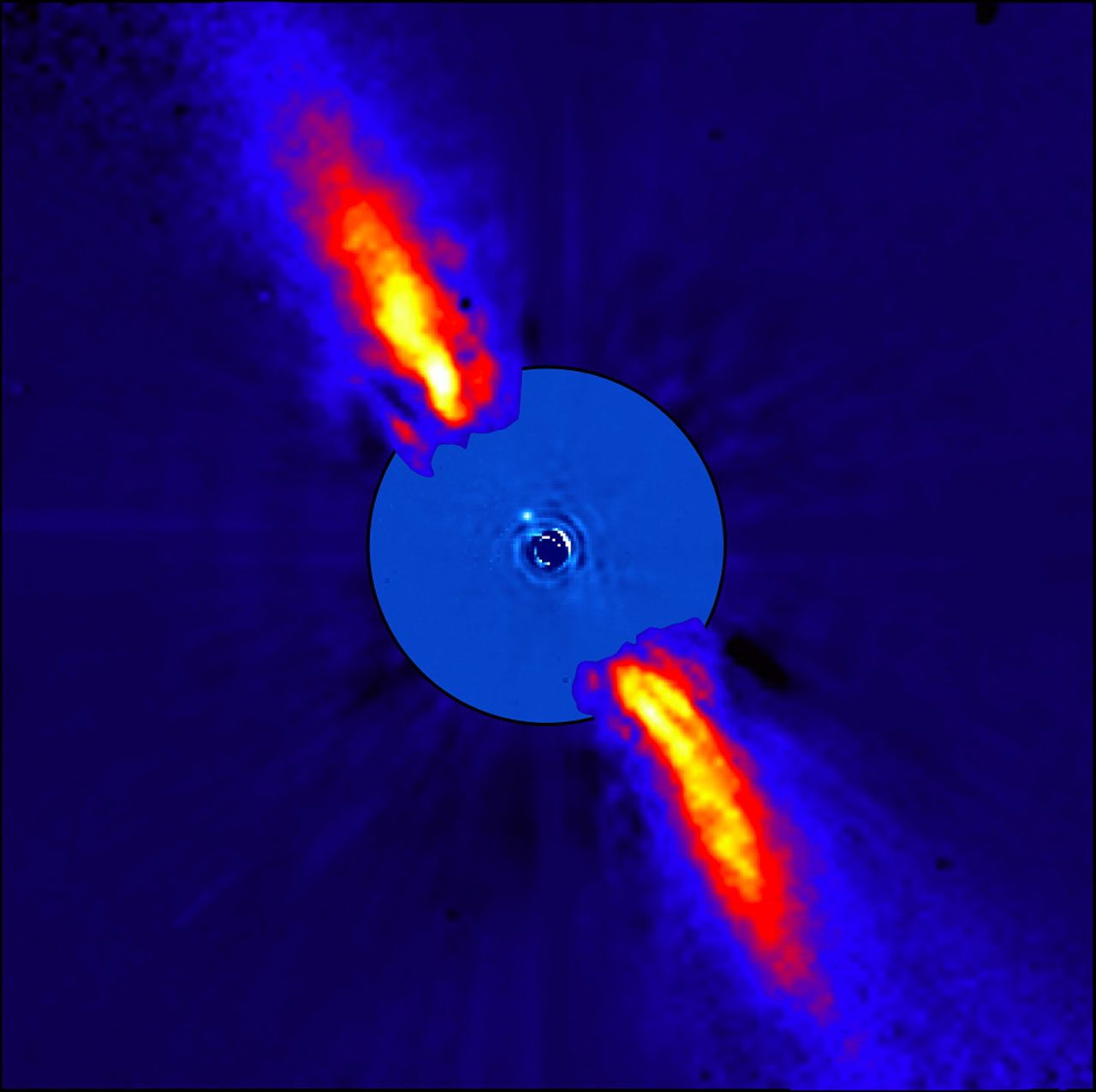I’ll just throw a bunch of words that come to mind while you watch this:
Buy, Mine, Want, Give, Need, When, Where, Here, Now…
Developed at the Max Planck Institute for Biological Cybernetics.
I’ll just throw a bunch of words that come to mind while you watch this:
Buy, Mine, Want, Give, Need, When, Where, Here, Now…
Developed at the Max Planck Institute for Biological Cybernetics.
Have you ever tried those magical pieces of software that merge multiple pictures of an object from different angles to produce a 3D model of it?
Good. Now think about upgrading your equipment, because those guys at UCLA do the same with atoms. Seriously.
Using a scanning transmission electron microscope at the Lawrence Berkeley National Laboratory’s Molecular Foundry, Miao and his colleagues analyzed a small piece of tungsten, an element used in incandescent light bulbs. As the sample was tilted 62 times, the researchers were able to slowly assemble a 3-D model of 3,769 atoms in the tip of the tungsten sample.
Here’s the final result

Original article here.
Beta Pictoris is a star located 63.4 light years from our solar system. Featuring a big debris disk orbiting around itself, the star is supposed to be 8 to 20 million years old.
On November 21, 2008, the Very Large Telescope revealed the presence of an exoplanet orbiting Beta Pictoris. On that day, this image was published by the European Southern Observatory.

The planet, roughly around 10-12 times the mass of Jupiter, was named “Beta pictoris b” (β Pic b). It orbits around its star at a distance of around 9 AU (~ 1 350 000 000 Km).

A few days ago, the SETI institute released the video found at the beginning of this post. It depicts the same planet moving through 1 ½ years of its 22-year orbital period.
Here‘s the original article.
As of today, this is the best image of an exoplanet ever taken.
The 2015 edition of @Scale featured an extremely interesting insight on how Google handles its codebase.
I won’t repeat what is so clearly explained in the video. Instead, I would like to focus on its potential viability for very small companies.
Indeed, sky high numbers like Google’s require a huge effort in tooling, standardization and definition of constraints and procedures. As a result, similar companies willing to unify their codebase would generally consider it unpractical.
However, I believe that a monolithic codebase could be a huge improvement in efficiency and reliability for small software houses, for several reasons.
#1: Organization
Small companies tend to have little to no policies in terms of repositories, code quality, conventions, etc. Thus, code improvements, modifications, copies, versions, docs and changelogs have a tendency to scatter around company systems, personal computers and the internet. If there is one repository, then everything can be kept together and under control.
#2: Code reuse
That’s pretty much the same for Google. You write code once and then use it across multiple softwares. However, in small companies code reuse can become a nightmare (see versions fragmentation, unmerged customizations,…). With little to no policies, versions can even be lost on some hard disk placed somewhere. A unified codebase may help keeping things tidy.
#3: Everyone knows everything
In small companies, that’s quite common as well. The team is small and everyone knows what the others are doing, even if they’re working on different projects. In a collaborative environment, one repository facilitates code browsing and shortens times to access snippets and functions. Changes and improvements to shared codes and services can be discussed together and implemented, without requiring huge investments on tools.
#4: You can always detach projects
If things are going well and the company quickly scales up, you always have the option to detach projects from the main repository. This is obviously a choice that can be either great or terribly wrong depending on the context. However, it is always good to know that you have an “emergency button”.
CONCLUSION
Small companies that cannot invest in the definition of software developement processes may benefit from a monolithic codebase like Google’s. It helps keeping things organized and accessible while leaving the option to adopt a different strategy when things get more complex. As always, it’s a decision that needs to be evaluated in its context of application, but I believe it’s worth considering.
The Universe is big…yes, we know that. But the Universe is REALLY big…and we know that as well. And it is so big that you can’t even, omg, we’re insignificant!!1!1! and so on… Since we all have a hard time imagining the immense size of what lies above the thin gas layer that prevents us … Read more

Here’s the original post from NASA:
https://www.nasa.gov/feature/pluto-wows-in-spectacular-new-backlit-panorama
When I was around 8 years old, I asked my parents to buy a big book called “Planet’s Atlas”. Since then, I’ve always been extremely fascinated by the mysteries of the Universe.
However, I was a bit disappointed by the fact Pluto didn’t have pictures as beautiful as the other planets. For almost 20 years I wished someday I’d be able to see the surface of Pluto as it really is.
Finally, July 14, 2015, my wish became reality. Now the year-long downlink of every bit of data recorded by New Horizons is finally started.
Here’s some of the pictures uploaded by NASA. You can find the related post following this link.
Thank you NASA for making my wish come true!
Take a look at this extremely interesting visualization and audio transposition of the most common sorting algorithms.